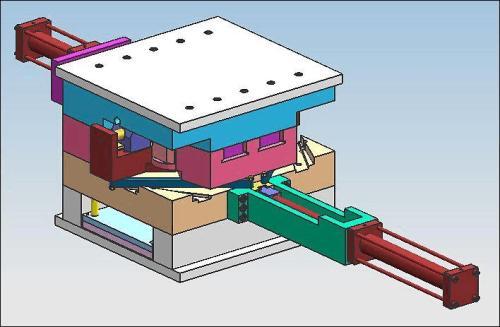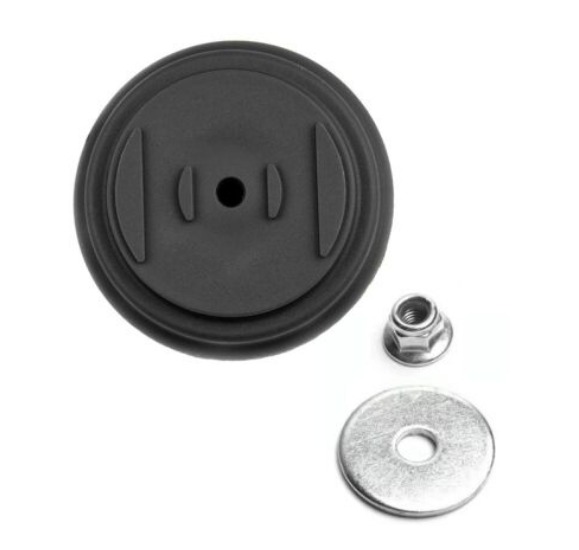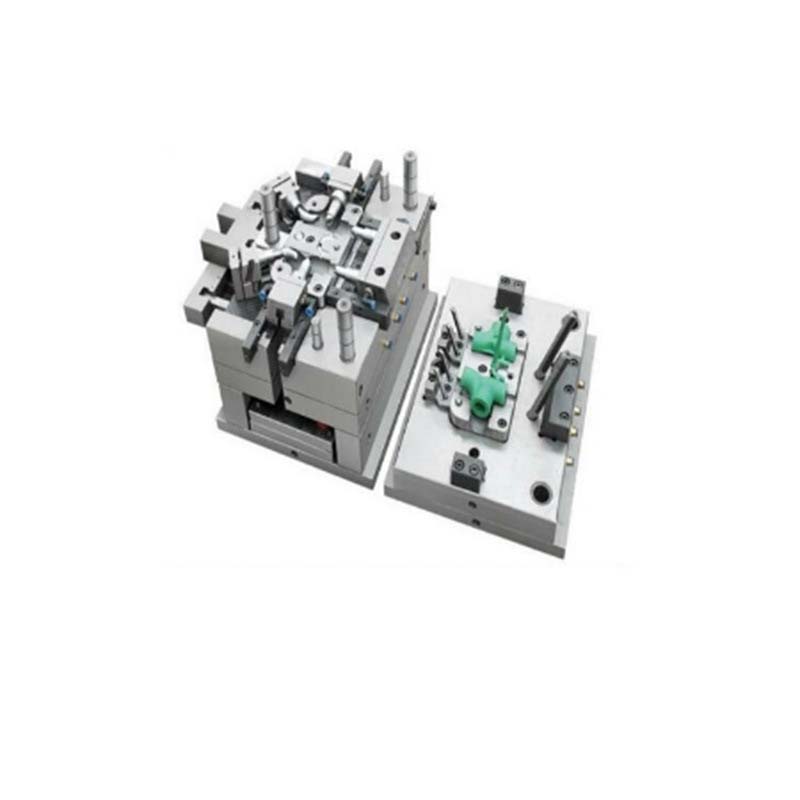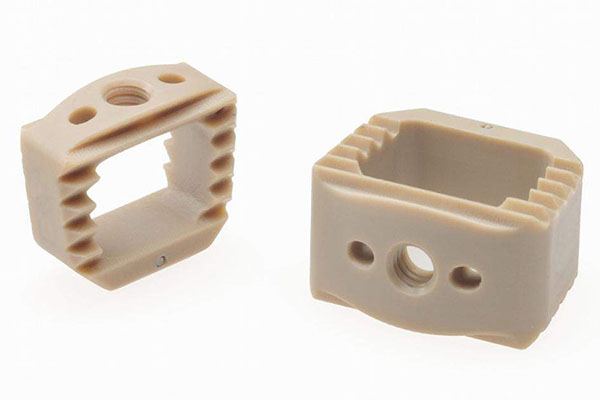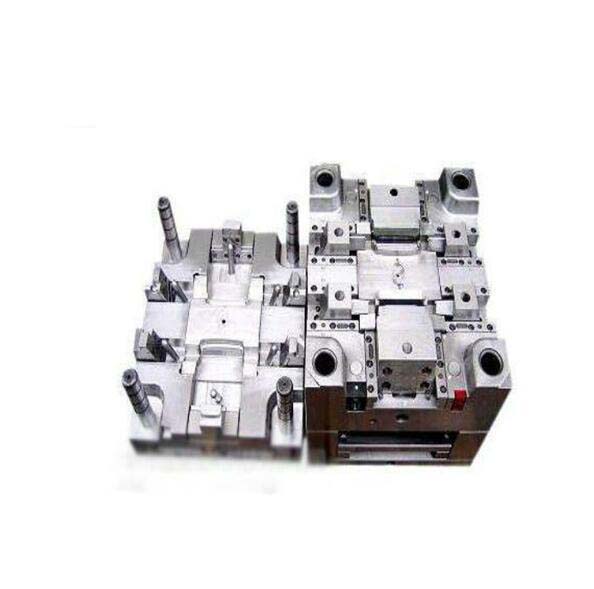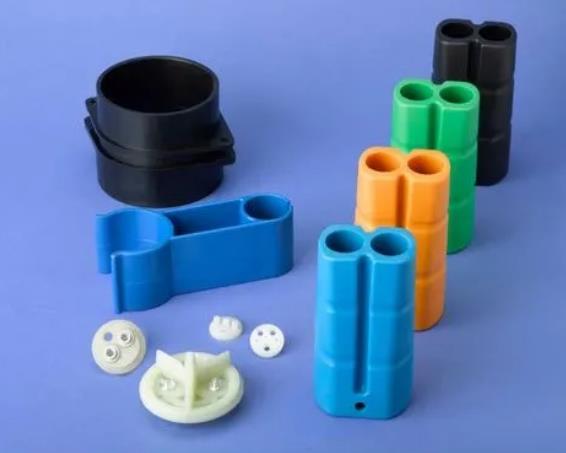Introduction
What is Plastic Injection Molding?
Plastic injection molding is a widely - used manufacturing process in the modern industry. It involves injecting molten plastic material into a mold cavity. The plastic, in the form of small pellets, is first heated in a barrel until it reaches a molten state. Then, a screw or a piston - like mechanism forces this molten plastic under high pressure into a precisely - designed mold. Once inside the mold, the plastic cools and solidifies, taking on the shape of the mold cavity. After the plastic has fully solidified, the mold opens, and the finished plastic part is ejected. This process is highly efficient for producing a large number of identical plastic parts with high precision and consistency.
China has emerged as a global powerhouse in the field of plastic injection molding. With a vast manufacturing base, a large pool of skilled labor, and continuous technological advancements, China plays a crucial role in supplying high - quality plastic injection - molded parts to various industries worldwide. From consumer electronics to automotive components, from medical devices to household items, the products made through plastic injection molding in China are everywhere, meeting the diverse needs of global markets.
Process Details of High - Quality Plastic Injection Molding in China
Design Stage
DFM (Design for Manufacturability)
DFM, or Design for Manufacturability, is a crucial concept in the plastic injection molding process. It focuses on designing products in a way that they are easy to manufacture, cost - effective, and have high - quality outcomes. In China, many plastic injection molding enterprises attach great importance to DFM.
Before starting a project, Chinese manufacturers will conduct in - depth DFM analysis. They will collaborate closely with customers to discuss project details and potential problems. For example, when designing a complex plastic housing for a consumer electronic device, the manufacturer will use DFM analysis tools to check the feasibility of the design. This analysis may cover aspects such as wall thickness uniformity, draft angles, and the presence of undercuts.
A real - world case is when a Chinese factory received an order for a new smartphone case. Through DFM analysis, they found that the original design had extremely thin walls in some areas, which would lead to difficulties in the injection molding process, such as short - shots and warping. After communicating with the customer, they adjusted the design, slightly thickened the problem areas, and added proper draft angles. As a result, not only did the production process become smoother, but the defect rate was also reduced from an estimated 15% to less than 5%, saving both time and cost.
Material Selection
Types of plastics commonly used
The choice of plastic material is fundamental to the quality and performance of the final injection - molded part. Here are some commonly used plastics in China's plastic injection molding industry, along with their characteristics and applicable scenarios:
| Plastic Type | Characteristics | Applicable Scenarios |
| ABS (Acrylonitrile Butadiene Styrene) | High strength, good impact resistance, easy to color and process, has a relatively smooth surface finish. | Consumer electronics (such as TV casings, computer monitors), automotive interior parts (like dashboards), toys. |
| PP (Polypropylene) | Low density, excellent chemical resistance, good heat resistance, and high fatigue resistance. It is also relatively inexpensive. | Packaging (such as food containers, bottle caps), household appliances (parts of washing machines, refrigerators), automotive exterior parts (bumpers in some cases). |
| PC (Polycarbonate) | High optical clarity, high - temperature resistance, high impact strength, and good dimensional stability. However, it is more expensive than some other plastics. | Optical components (lenses, optical discs), safety helmets, electronic device housings that require high - strength and heat - resistant materials (laptop frames). |
| PVC (Polyvinyl Chloride) | Good chemical resistance, flame - retardant properties, and can be made rigid or flexible depending on additives. It is relatively inexpensive. | Pipes for plumbing systems, flooring materials, flexible products like plastic sheets, some types of toys. |
When a customer needs to produce a high - end electronic device enclosure, Chinese manufacturers will recommend PC material due to its high - strength and heat - resistant properties, which can protect the internal components well. If it's a large - scale production of common household storage boxes, PP will be a more cost - effective and suitable choice.
Mold Manufacturing
Mold manufacturing is a precision - intensive process that directly affects the quality of plastic injection - molded parts. In China, the mold manufacturing process typically includes the following steps:
- Mold Design: Using advanced CAD/CAM software, designers create a 3D model of the mold. They consider factors such as the shape of the product, the gating system, cooling channels, and ejection mechanisms. For example, for a complex automotive part, the gating system needs to be carefully designed to ensure uniform filling of the molten plastic.
- Mold Processing: High - precision machining equipment such as CNC (Computer Numerical Control) machines are used to process the mold. These machines can achieve high - accuracy machining, with tolerances as low as ±0.01mm in some cases. Operations like milling, turning, and EDM (Electrical Discharge Machining) are carried out to create the intricate features of the mold.
- Mold Testing: After the mold is manufactured, it undergoes rigorous testing. The mold is installed on an injection molding machine, and trial runs are conducted. Parameters such as injection pressure, temperature, and cooling time are adjusted during the testing process. Any defects in the mold, such as flashing, short - shots, or uneven cooling, are identified and rectified.
Using standard components like HASCO and DME in mold manufacturing is highly beneficial. These standard components have consistent quality and dimensions. For example, using HASCO - standard cooling channels can ensure more uniform cooling, reducing the risk of warping in the final product. They also shorten the mold manufacturing cycle because manufacturers don't need to custom - make every single component, leading to cost savings and faster production times.
Injection Molding Process
The injection molding process involves precise control of several parameters to produce high - quality plastic parts. Key parameters include:
- Temperature: This includes the barrel temperature, nozzle temperature, and mold temperature. The barrel temperature needs to be set according to the plastic material used. For example, for ABS, the barrel temperature usually ranges from 200 - 250°C. If the temperature is too low, the plastic may not flow properly, resulting in short - shots. If it's too high, the plastic may degrade, affecting the quality of the part. The mold temperature also plays a crucial role. A lower mold temperature can lead to faster cooling, but it may cause warping or internal stresses in the part.
- Pressure: Injection pressure is used to force the molten plastic into the mold cavity. Holding pressure is applied after injection to compensate for the shrinkage of the plastic as it cools. For a small, thin - walled plastic part, a relatively lower injection pressure of around 50 - 80 MPa may be sufficient. However, for a large and thick - walled part, the injection pressure may need to be increased to 100 - 150 MPa or even higher.
- Time: Injection time determines how quickly the molten plastic fills the mold. Cooling time is the duration the plastic remains in the mold to solidify. A shorter injection time can increase production efficiency, but it may cause uneven filling. Cooling time is carefully calculated based on the thickness of the part and the plastic material. For a 3 - mm thick PP part, the cooling time may be around 15 - 20 seconds.
For example, a Chinese factory producing precision medical device components needs to strictly control these parameters. By using advanced process control systems, they can precisely adjust the temperature, pressure, and time. As a result, they can produce parts with tight tolerances (±0.05mm) and high - quality surface finishes, meeting the strict quality requirements of the medical industry.
Yigu Technology's View
As a non - standard plastic metal products custom Supplier, Yigu Technology has rich experience in the plastic injection molding field. We have a deep understanding of various materials and processes. For materials, we are well - versed in the characteristics of different plastics like ABS, PP, PC, etc., and can accurately select the most suitable material according to customers' product requirements.
In terms of the process, our professional team can provide customized solutions. We pay great attention to every detail in the design stage, ensuring that the product design is manufacturable. During mold manufacturing, we use high - precision equipment and advanced techniques to guarantee the quality of the mold. In the injection molding process, we strictly control parameters such as temperature, pressure, and time to ensure high - quality product output. Our aim is to help customers solve problems such as product design optimization, cost - reduction, and quality improvement, and to ensure high production efficiency and product quality.
FAQs
Q1: How to ensure the accuracy of plastic injection molding parts?
To ensure the accuracy of plastic injection molding parts, several measures can be taken. First, advanced mold design with high - precision CAD/CAM software is crucial. Precise 3D models are created, taking into account all details to minimize dimensional errors. Second, using high - precision injection molding equipment is essential. Machines with accurate control systems can maintain stable injection pressure, temperature, and time, reducing fluctuations that could affect part accuracy. Third, strict process control during production is necessary. Regularly checking and calibrating equipment, closely monitoring parameters, and making timely adjustments can prevent deviations. Finally, comprehensive quality inspection, including dimensional measurement with precision measuring tools like CMM (Coordinate Measuring Machine), ensures that only parts meeting the accuracy requirements are passed.
Q2: What are the common problems in plastic injection molding and how to solve them?
Common problems in plastic injection molding and their solutions are as follows:
- Flashing: This occurs when plastic leaks between the mold halves, creating thin, excess plastic edges. Solutions include checking and adjusting the mold clamping force to ensure the mold is tightly closed, repairing or replacing worn - out mold components, and optimizing injection pressure to prevent over - filling.
- Shrinkage: Shrinkage leads to a reduction in the size of the part as the plastic cools and solidifies. To solve this, adjusting the holding pressure and time to compensate for plastic shrinkage during cooling can be effective. Also, optimizing the cooling system to ensure uniform cooling helps reduce shrinkage differences within the part.
- Air Bubbles: Air bubbles inside the part can weaken its structure. They can be caused by trapped air during injection or volatile components in the plastic material. To address this, proper venting of the mold to allow air to escape during injection is necessary. Additionally, drying the plastic material thoroughly before processing can prevent bubbles caused by moisture vaporization.
Q3: How long does it usually take to complete a plastic injection molding project in China?
The time to complete a plastic injection molding project in China depends on various factors such as project complexity and order quantity. For a simple project with a small order quantity (e.g., a few hundred pieces of a simple plastic bracket), it may take about 1 - 2 weeks. This includes 3 - 5 days for mold design and manufacturing, and another 5 - 7 days for injection molding production and quality inspection. For a medium - complexity project with a moderate order quantity (e.g., a thousand pieces of a more complex consumer electronics housing), it usually takes 3 - 4 weeks. The mold manufacturing may take 7 - 10 days, and the injection molding and related processes, including testing and packaging, take about 15 - 20 days. For a large - scale and complex project (e.g., tens of thousands of automotive components with high - precision requirements), it could take 6 - 8 weeks or even longer, mainly due to the more elaborate mold design, longer production runs, and stricter quality control processes.
